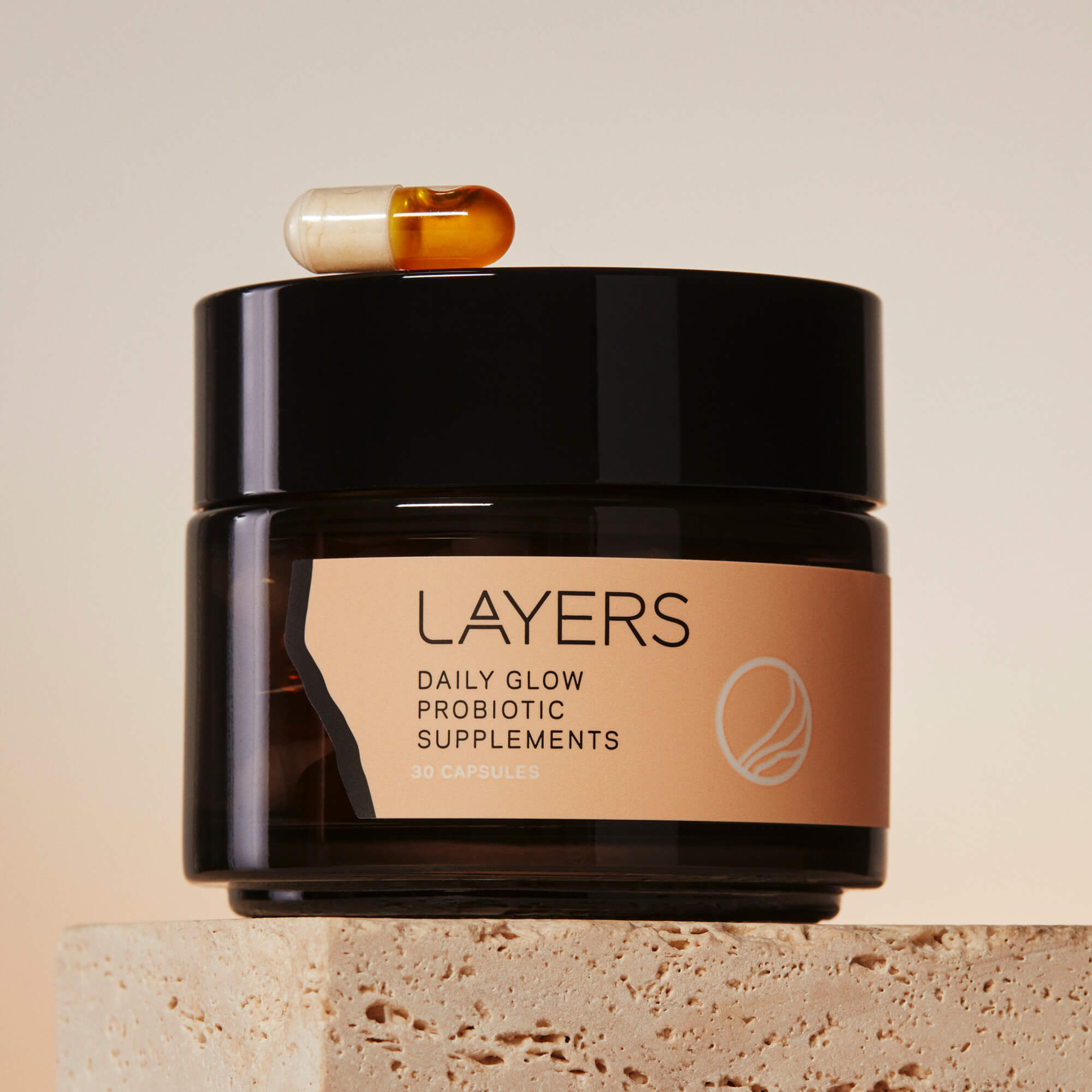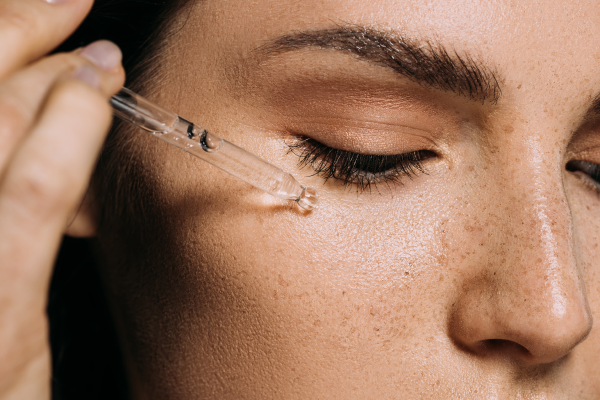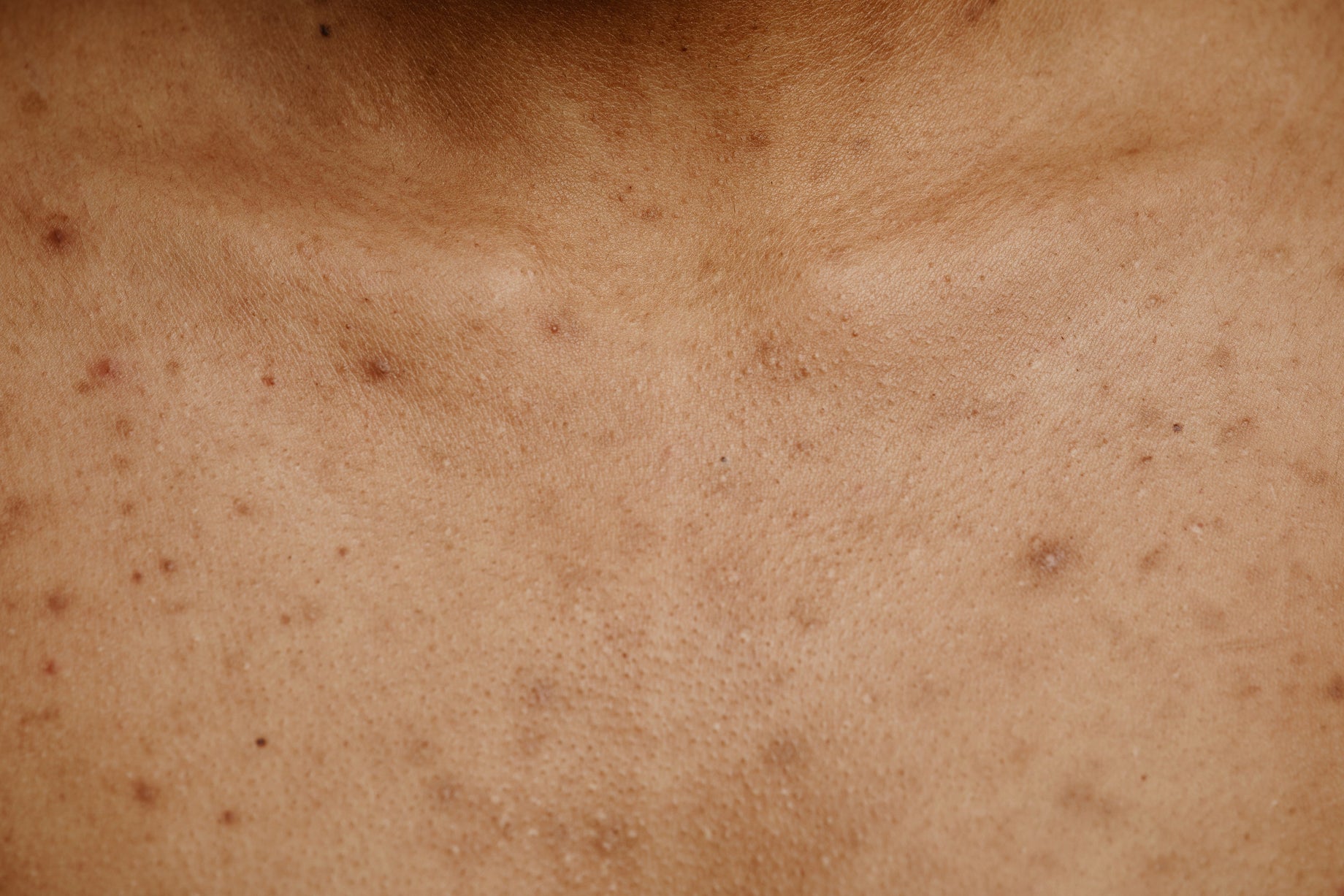Dreading the effects of summer sweats and cold, winter wind on your skin? Protecting your complexion is simple when you know what it needs.
We often think of a skincare routine as being a one-size-fits-all scenario. If it works now, it will work forever, right? We wish. The reality is a little more complicated. Just like your wardrobe changes with the seasons, so too should your skincare routine.
The environment around you significantly impacts your skin’s needs, meaning that products and practices that work in winter may not have the same effects in summer. Especially if you live in a climate where you experience four distinct seasons.
HOW SKIN CHANGES WITH THE SEASONS
Your skin is a dynamic organ that adjusts to its surroundings. Factors like temperature, humidity, and UV exposure fluctuate with the seasons, leading to changes in your skin’s condition. A 2022 study looked at the effect of one winter-to-summer cycle on the physical and mechanical properties of skin.
Here’s what they discovered:
-
Trans-epidermal water loss (TEWL) decreased by between 22.15% and 34.29%
-
Skin hydration increased by 25.48%
-
Skin thickness increased by 22.59%
-
Firmness rose by 8.25%
-
Elasticity increased by 23.14%
Another study, conducted the same year, focused specifically on sensitive skin. They also found significant differences in skin health between the summer and winter months relating to trans-epidermal water loss, skin pH, and cutaneous blood flow. Their conclusion was a strong recommendation for alternating skincare routines between the seasons. It painted a clear picture that the winter months tended to be a little tougher on our skin.
WHY DOES SKIN CHANGE IN DIFFERENT SEASONS?
As sweaty hot summer afternoons transition into chilly autumn evenings, the landscape changes with it. Tree leaves begin to turn bright orange, then to a pale yellow before detaching from their branches and falling to the ground. Given how much the rest of nature changes with shifting temperatures, it’s only natural to assume that our bodies do, too.
Maybe you’ve noticed your cheeks getting a little rosier in the cooler months. Perhaps your skin gets a bit drier, feeling tighter in the face of cold and wind. These changes, thankfully, are normal. Our skin and its defense mechanisms naturally switch things up from season to season.
A 2018 study by the British Journal of Dermatology sought to understand why certain skin conditions like rosacea and eczema are more prevalent in the winter months. They discovered that filaggrin, one of the proteins that protect our skin’s barrier function, breaks down differently in the winter than it does during the summer. Additionally, our outermost epidermal cells, called corneocytes, change their texture.
These changes occur because our skin cells shrink in colder temperatures, having a direct effect on the surface texture of our skin. Nina Goad, as quoted in the British Association of Dermatologists study, says:
"We already know that humidity can affect the texture of the skin and impact on skin disorders like eczema, and humidity fluctuates according to season. In the winter, rapidly changing temperatures, from heated indoors to cold outdoors environments, can affect the capillaries, and prolonged exposure to wet weather can strip the skin's barrier function.”
SEASONAL SKINCARE: WHAT NEEDS TO CHANGE?
There’s no need to overhaul your cabinet or ditch your skincare besties every few months. A seasonal skincare plan is all about adding and subtracting. You’re cycling in what your skin needs more of, and phasing out what it doesn’t need as much of. Ultimately, it’s striking the right balance between your body and the environment.
Winter: Combat Dryness and Sensitivity
In colder months, your skin is exposed to lower temperatures and harsh winds, both of which sap moisture from the skin. Indoor heating systems help keep us cozy, but they also strip the skin of essential oils, leaving it dehydrated, dry, and often irritated. This makes winter the most challenging season for maintaining hydrated skin.
Your winter skincare routine should focus on providing deep hydration and protecting the skin barrier. Thicker, cream-based moisturizers with ingredients like ceramides, hyaluronic acid, and squalane can help lock in moisture. Using a gentle hydrating cleanser instead of foaming or exfoliating cleansers minimizes irritation while boosting your skin’s moisture. Incorporating hydrating serums and oils can also help the skin maintain its natural moisture balance.
Your winter skincare routine:
-
Use emollient creams to lock in hydration
-
Use a hydrating cleanser
-
Add a moisturizing serum
Spring: Transition to Balance
Spring is a transitional season when temperatures and humidity levels rise. After the harshness of winter, your skin may still be recovering from dryness and irritation. At the same time, it begins to produce more oil as the weather becomes warmer. During this period, your skincare routine should strike a balance between hydration and oil control.
Lighter moisturizers can replace thicker creams as the skin needs less heavy moisture. You may also want to include gentle AHA exfoliation to remove the dead skin cells accumulated over winter. This will help your skin better absorb nutrients and maintain a healthy glow.
Your spring skincare routine:
-
Swap to a lighter moisturizer
-
Use an AHA exfoliating cleanser
Summer: Protect from Heat and UV Damage
Summer brings high temperatures, increased sun exposure, and more humidity. That means sweat, clogged pores, and more potential for sun damage. Protecting your skin from UV rays becomes paramount during this time, as exposure to the sun can lead to premature aging, hyperpigmentation, and even skin cancer.
Switching to a lighter, oil-free sunscreen is essential for summer skincare. It’s also wise to use non-comedogenic products to avoid clogging pores. Cleansing twice a day becomes important to clear away sweat, dirt, and pollutants. Incorporating an antioxidant serum can help protect skin from oxidative stress caused by UV rays and pollution. Hydration remains important but opt for lightweight moisturizers and serums instead of heavy creams to avoid a greasy feeling.
Your summer skincare routine:
-
Cleanse twice daily
-
Stick with a lighter moisturizer
-
Use non-clogging products
Fall: Repair and Prepare
As temperatures begin to cool again, fall is a time to repair damage caused by summer’s intense sun and prepare your skin for winter’s drying effects. This is the season to focus on nourishing the skin while gently restoring balance. Time to bring back that rich moisturizing cream and hydrating serum.
Your fall skincare routine:
-
Bring back the hydrating serum
Adjusting your skincare routine seasonally is essential for healthy skin. But product cycling doesn’t have to be complicated or break the bank. It’s just a matter of knowing how to identify your skin’s needs and paying close attention as the seasons change. Supporting your skin enhances its ability to adapt to environmental changes, keeping your skin looking healthy and radiant throughout the year.








